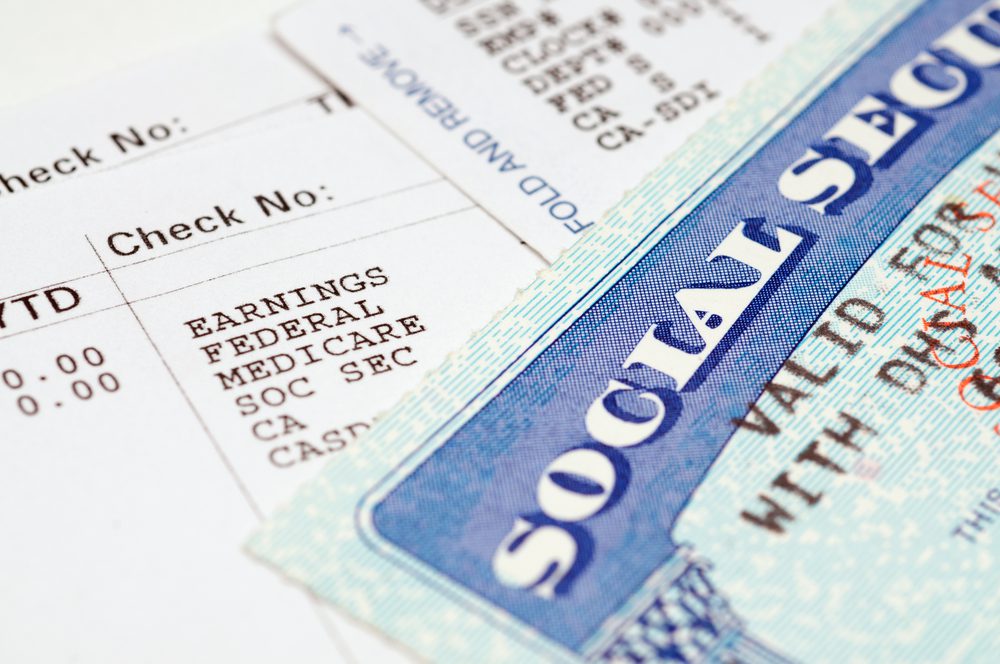
The Core Pillars of Your Financial House
To build a strong and lasting financial future, it helps to think of your plan as a house supported by four essential pillars. Each pillar is critical to the overall structure, and strengthening each one contributes to your total financial well-being. These pillars are your retirement income streams, your health and long-term care strategy, your lifestyle and cash flow management, and your estate and legacy plans.
Pillar 1: Optimizing Your Retirement Income Streams
Once you stop working, your regular paychecks will be replaced by income from various sources you have built over the years. The goal is to orchestrate these streams to create a reliable and sustainable “personal paycheck” for yourself in retirement. Let’s look at the most common sources.
Social Security: The Foundation
For most Americans, Social Security is the bedrock of retirement income. The decision of when to claim your benefits is one of the most important you will make. You can start taking benefits as early as age 62, but your monthly payment will be permanently reduced. If you wait until your “full retirement age” (which is typically 66 or 67, depending on your birth year), you will receive your full, unreduced benefit. If you can delay even longer, up to age 70, your benefit will increase by a certain percentage each year. This can result in a significantly larger monthly check for the rest of your life.
The right time to claim depends on your personal situation, including your health, your other income sources, and your marital status. If you are married, you should coordinate your claiming strategy with your spouse to maximize your combined benefits, including potential spousal and survivor benefits. You can get personalized estimates and explore different scenarios on the official Social Security Administration website.
Pensions and Annuities: Predictable Paychecks
If you are fortunate enough to have a traditional pension from an employer, you have a valuable source of guaranteed income. When you retire, you will typically have a choice between receiving a monthly payment for life or taking a lump-sum payout. This decision has major implications. A monthly payment provides security, but a lump sum offers flexibility and control. It is wise to carefully weigh the pros and cons, considering the financial health of the pension provider. If you worked for a company that went out of business, you might still have a pension benefit protected by the Pension Benefit Guaranty Corporation (PBGC).
Annuities are insurance products you can purchase to create another stream of guaranteed income. They can be complex, but in their simplest form, you give an insurance company a sum of money, and in return, they promise to pay you a certain amount each month for a set period or for life. They can be a useful tool for covering essential living expenses, but it is important to understand the fees, terms, and conditions before buying one.
Savings and Investments: Your Flexible Fund
Your 401(k)s, 403(b)s, IRAs, and other investment accounts represent the portion of your retirement funds that you control directly. As you approach retirement, the strategy for these accounts often shifts. The goal moves from aggressive growth to a more balanced approach focused on capital preservation and generating income.
It is also time to think about a withdrawal strategy. A common guideline is the “4% rule,” which suggests withdrawing 4% of your portfolio in the first year of retirement and adjusting for inflation in subsequent years. However, this is just a starting point. Your personal withdrawal rate should consider your investment mix, your expected lifespan, and your desire to leave money to heirs. You will also need to plan for Required Minimum Distributions (RMDs), which are mandatory withdrawals you must start taking from most retirement accounts once you reach a certain age (currently 73). The Internal Revenue Service (IRS) provides detailed rules on RMDs.









